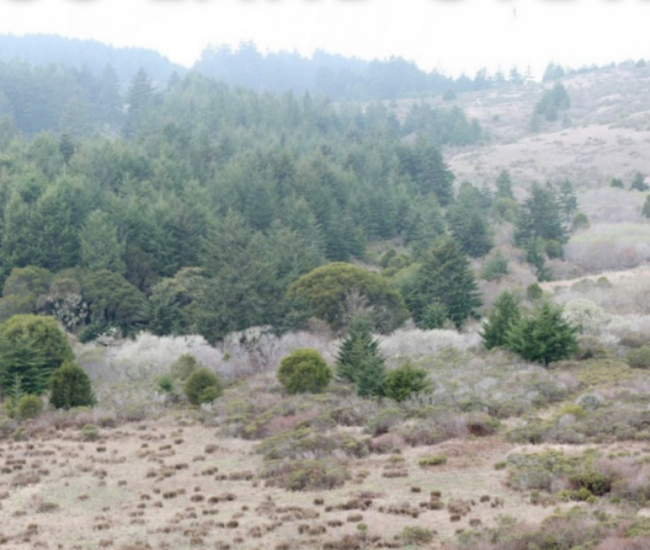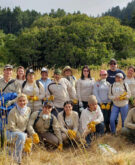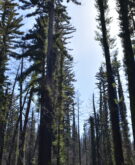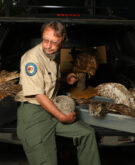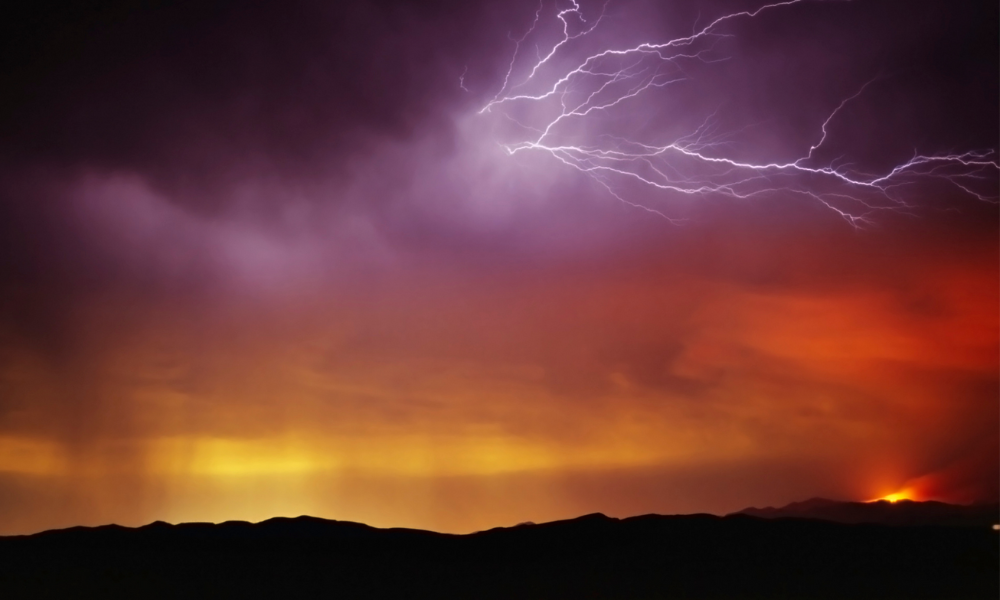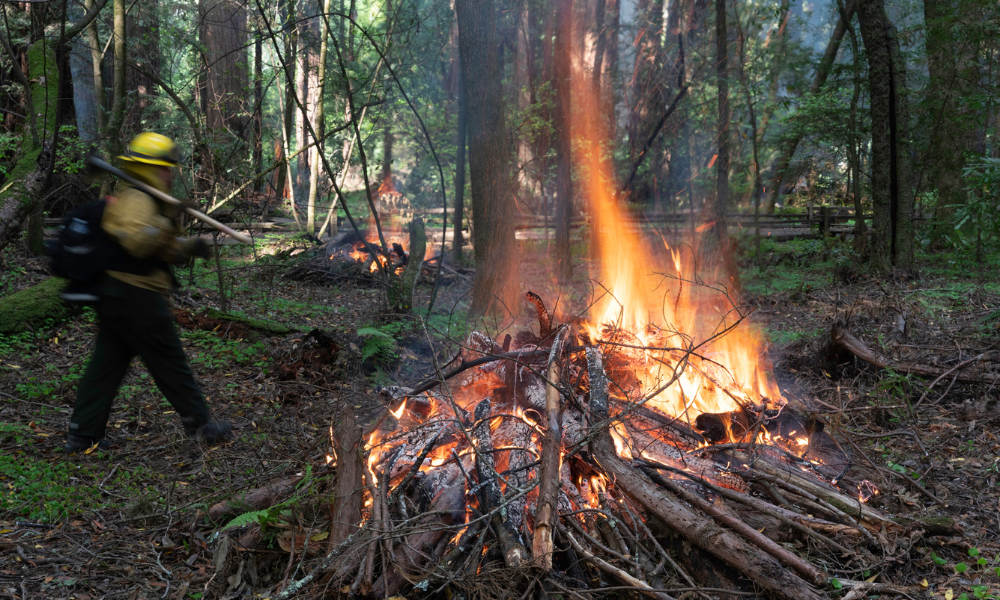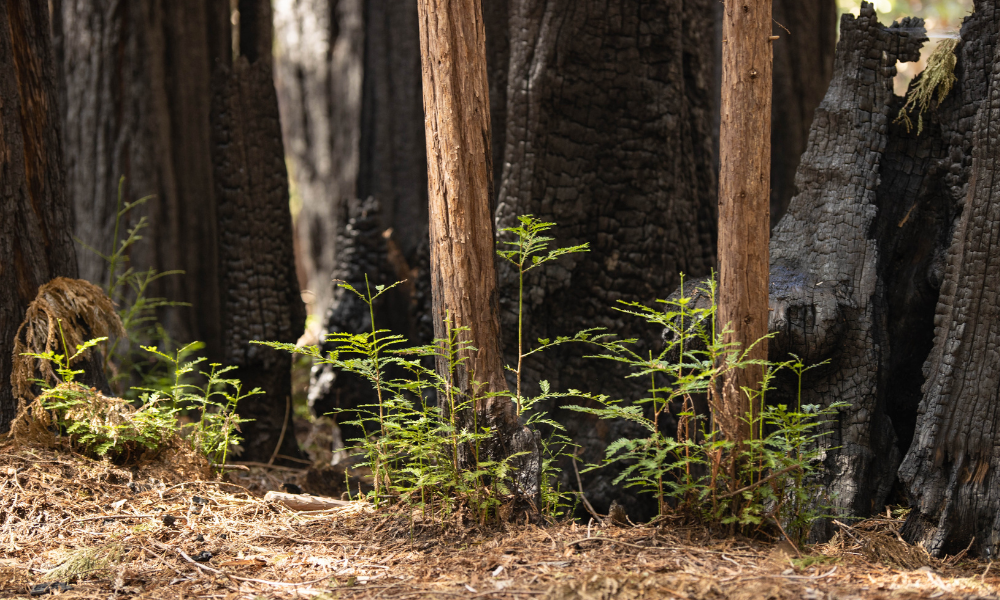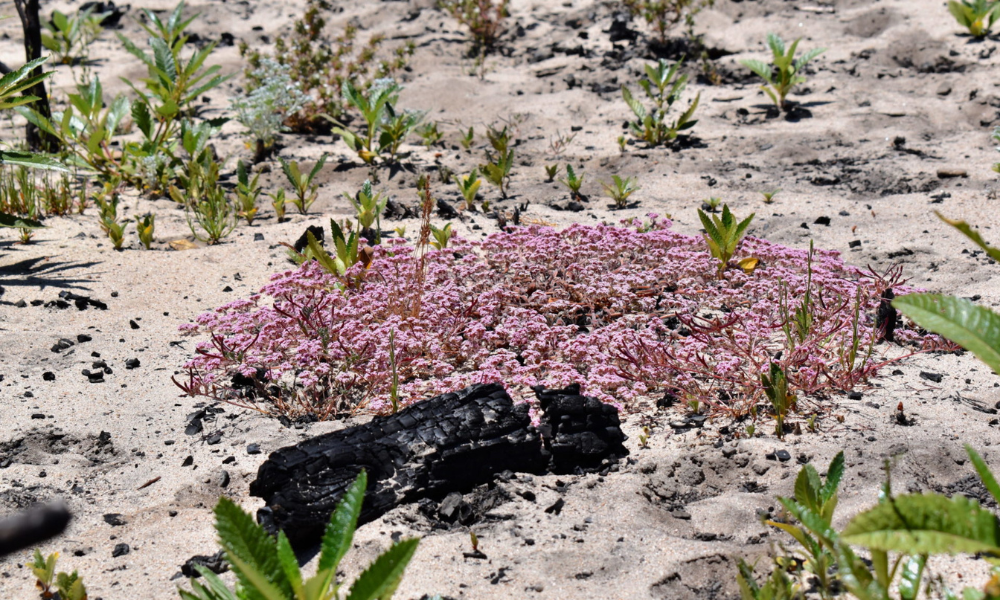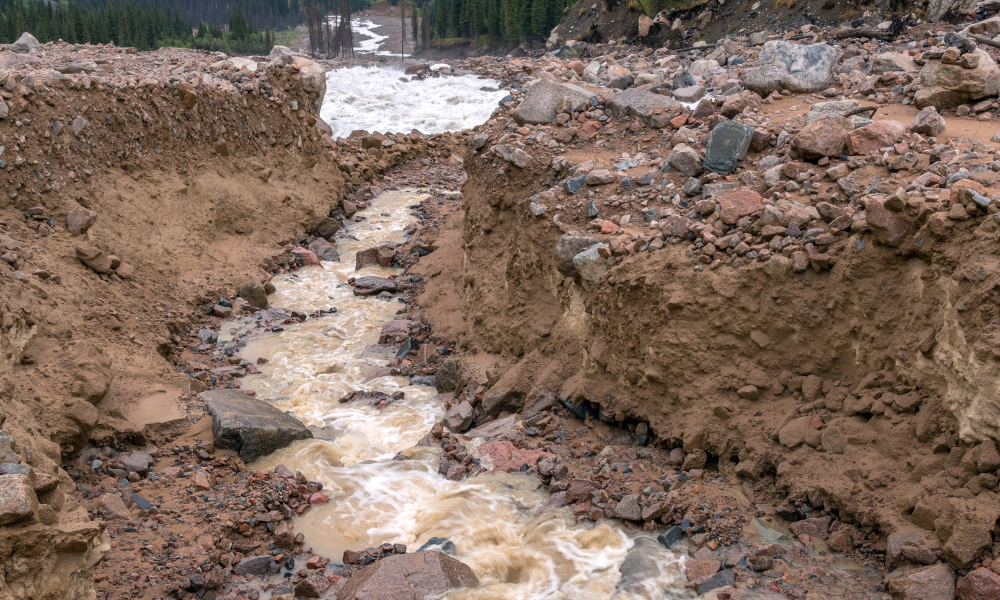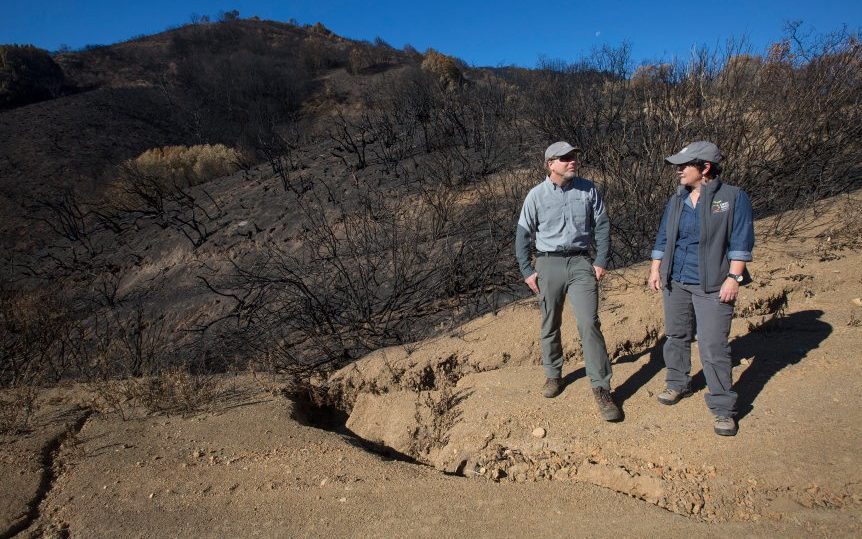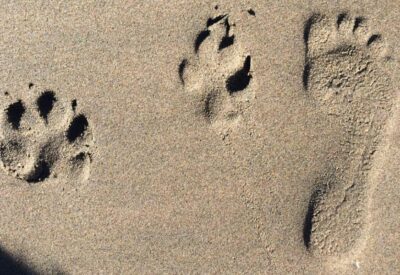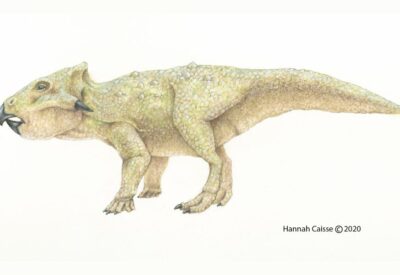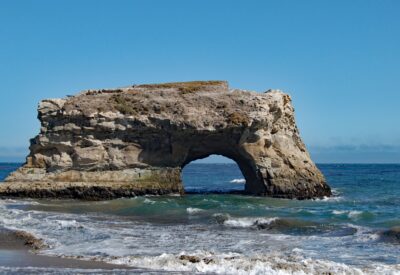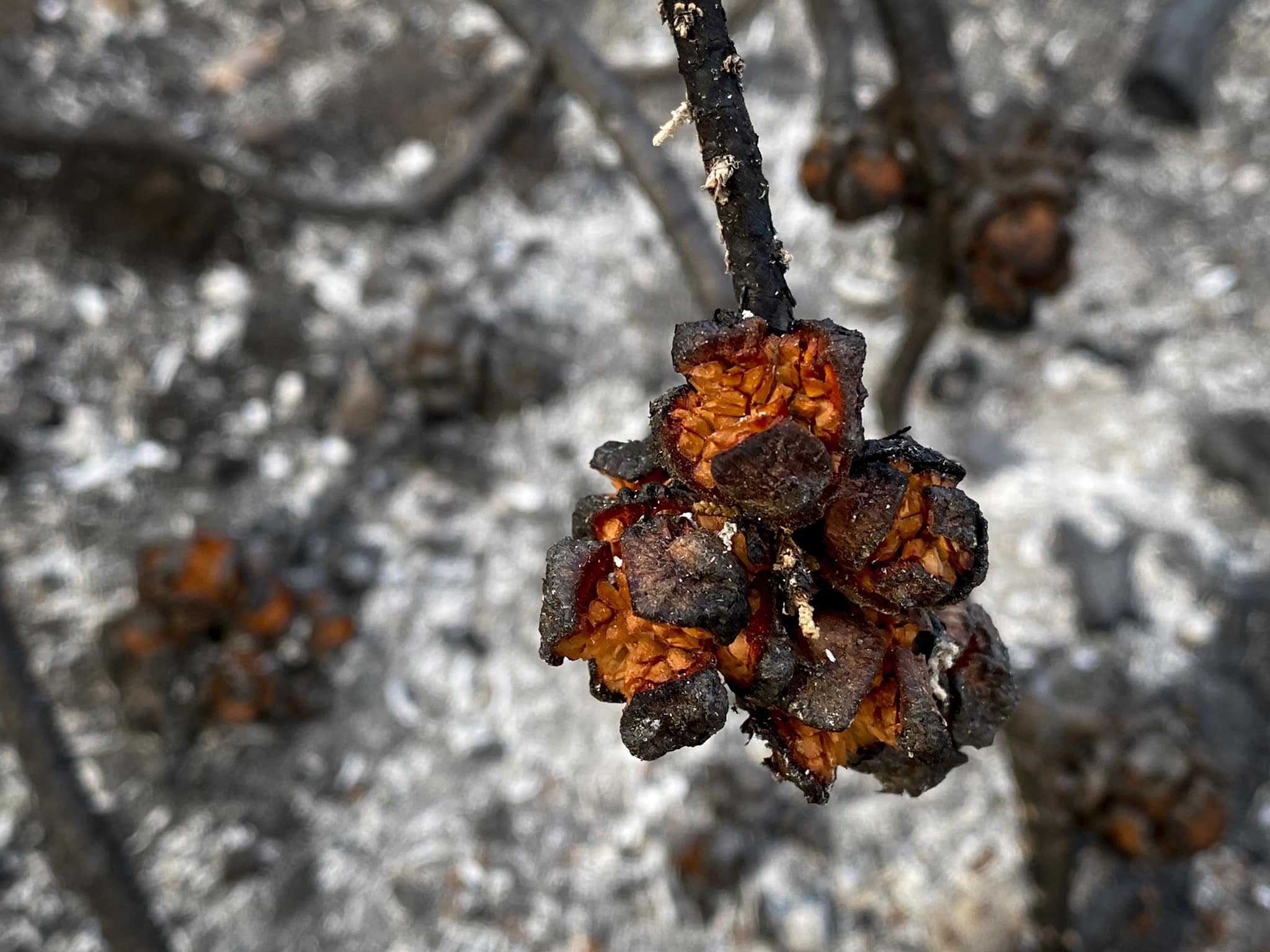
Fire Ecology Resources
In August 2020, Northern California was ignited by a series of 650 wildfires spurred by dry lightning from rare, massive summer thunderstorms. The resulting CZU Lightning Complex fires burned roughly 80% of the old growth redwood forests in the Santa Cruz Mountains, notably including Big Basin, the largest contiguous stand of old growth redwoods south of Humboldt County.
Fire is a natural part of the California landscape and plays an integral role in our local ecology. For millennia, Indigenous communities have stewarded the land with fire, but centuries of fire suppression, periods of extreme drought, and an expanding populace into the Wildland-Urban Interface (WUI) have led to increasingly intense fires that threaten communities. The burning question in recent years has been: how do we protect our communities from fire while also supporting “good fire” on the landscape?
In the wake of the 2020 fires, the Museum developed resources for understanding fire ecology and the long term impacts in Santa Cruz County, on both humans and the landscape.
Community Resources
Central Coast Prescribed Burn Association
Volunteer with Henry Cowell Redwoods State Park burn pile program
Amah Mutsun Land Trust website
Resource Conservation District of Santa Cruz County fire resources
Reducing Wildfire Risk and Improving Wildlife Habitat in Santa Cruz County video from RCD
Wildflowers After Wildfire from the Sempervirens Fund


Video Resource Library

























